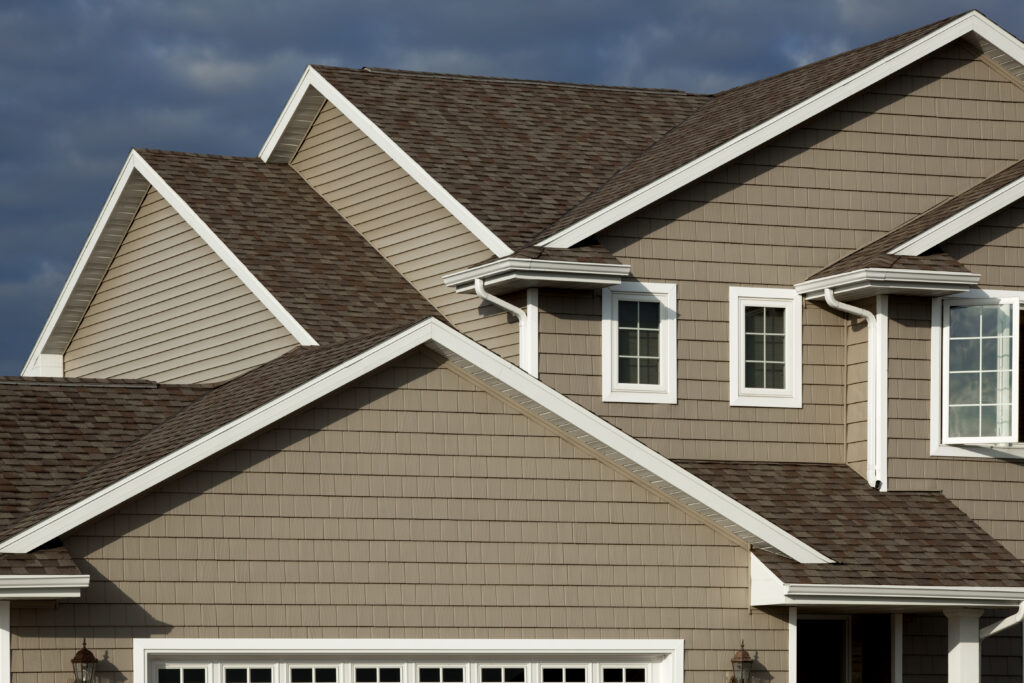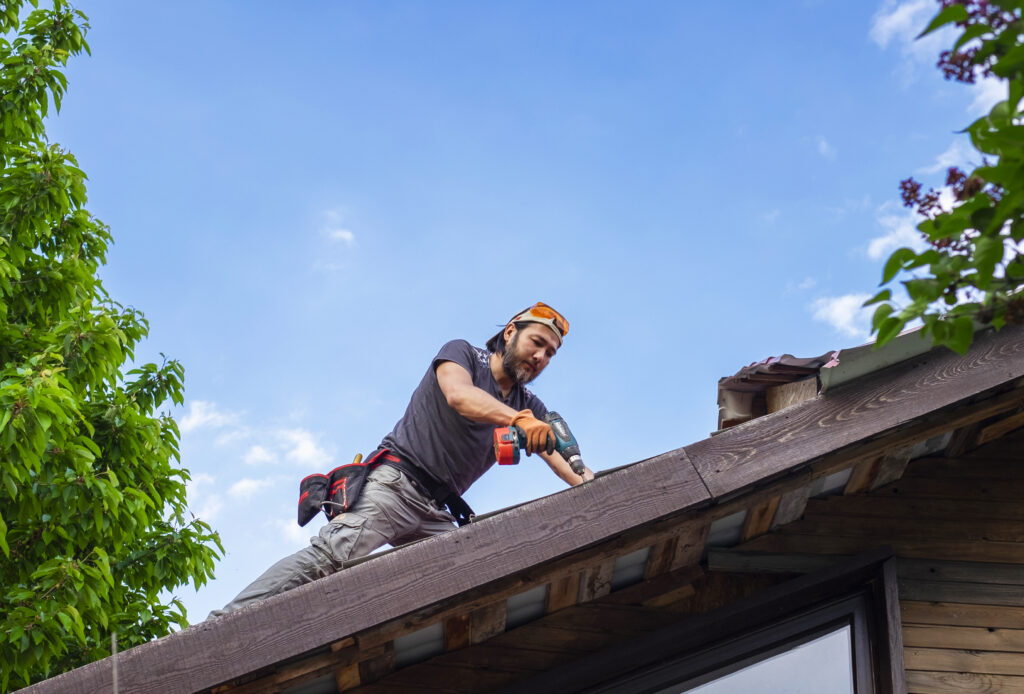Different Types of Roofs
We don’t expect everyone to be roof experts— though we happen to be. When you need a new roof, there are a lot of options and questions to consider, probably more than you would expect! Pinnacle Roofing wants to give you a guide to all the different types of roofs so that you have an idea of what to think about before making this important investment!
Choosing A Roof
Before we talk about all of the varieties of roofs, it’s important to go over the main factors that should inform your choice, whether you’re here in the Mid-South or abroad.
- Climate: This might be the most important factor for a lot of reasons. Some roof types are suited to specific weather conditions—for example, a hip roof is resistant to high winds. A sloped roof can shed snow easily.
- Architectural Style: How your home looks can influence your decision aesthetically, with certain styles complementing each other better. Consider whether you want a more traditional or modern design.
- Budget: We’re committed to ensuring you have an honest estimate for your roofing needs. We won’t understate the importance of budget—some roofs are simply more complex to install as well as to maintain effectively over time.
- Materials: Roofing materials are compatible with specific types of roofs. Think about variables like durability, maintenance requirements, and cost of materials.
- Local Building Codes: We can help with this part, but it’s still smart to research your local building codes and regulations. Some areas might have restrictions on roofing types due to climate, historical preservation, or safety concerns. It’s important to comply with these regulations.
- Energy Efficiency: Your roof can actually have an impact on how energy is processed! For example, cool roofs with reflective materials can help reduce energy consumption, as they reflect sunlight and absorb less heat.
- Future Plans: Think about your long-term plans for your property; if you intend to add more floors, expand the structure, or make other significant alterations, some types of roofing will be more adaptable to these modifications than others.
But the key to this process is making sure you’re working with experts like our team! We will give you the best consultation locally to make an informed plan. It’s a big part of what we do. Don’t hesitate to ask questions!

Roofing Materials
When you’re researching roofing, you’ll encounter a lot of different material options. Here are some of the most common materials employed by companies like ours:
- Asphalt shingles
- Metal roofing
- Wood shingles or shakes
- Clay or concrete tiles
- Slate roofing
- Synthetic roofing (mimics natural materials)
- Composite roofing
- Rubber roofing (EPDM)
Different Styles of Roofs
We’ll now provide you with a list of most of the roof styles that exist in this beautiful world of ours and tell you a bit about each one! We don’t necessarily offer every single one of these options, but we can still answer your questions about them. Each one has its own characteristics, advantages, and disadvantages.
- Gable Roof
- Traditional triangular roof with two sloping sides. This is a common, simple, and cost-effective design.
- Hip Roof
- Slopes on all four sides meet at the top to form a ridge. It is more stable than a gable roof and provides better wind resistance.
- Mansard Roof
- Four sides with two slopes each, creating a double-pitched roof. This can allow for additional space in an attic.
- Gambrel Roof
- Similar to a mansard roof but with vertical gable ends instead of being hipped at the top. They are commonly used in barns.
- Flat Roof
- Horizontal roof, with a slight slope for water drainage. Found in commercial and modern buildings.
- Shed Roof
- A sloping roof plane, often used for additions, can be an economical option.
- Butterfly Roof
- V-shaped roof where two surfaces slope down towards the center. This is a fairly modern, unique style.
- A-Frame Roof
- Triangular roof resembling the letter “A.” Often found in cabins and vacation homes.
- Sawtooth Roof
- Series of ridges with dual pitches, creating a serrated effect; utilized in industrial buildings with clerestory windows.
- Green Roof (Living Roof)
- Roof partially or completely covered with vegetation and a growing medium. Provides insulation and environmental benefits.
- Pyramid Roof
- Four equal triangular sides meet at a central point. Commonly used on smaller structures.
- Dome Roof
- Hemispherical or half-spherical roof. Usually only used in government or religious buildings.
- Clerestory Roof
- Roof with a raised section containing windows to bring in natural light.

Choose Wisely With Pinnacle Roofing!
You’re now closer to a roofing expert than you were at the start of this blog! Education is a vital role we play in giving our clients an opportunity to select their roofs with care. You can contact us at (901) 250-1361 for a free roof evaluation and estimate. We look forward to working with you!
